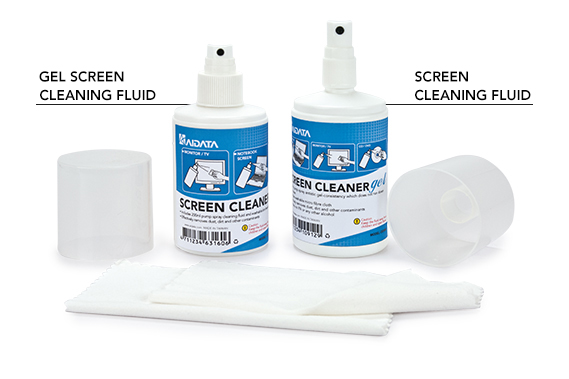

If not, plug the keyboard in and see if everything is working! We recommend doing a quick test to see if all of the keys still work. If there is, I would wait another 24 hours before plugging it back in. After two days of waiting it is finally time to see if your keyboard is fully working again.īefore plugging the keyboard back in, give it a gentle shake and inspect if there is any visible water remaining. The moment of truth, time to plug in the keyboard and see if it’s still working. Once two days have gone by, you can move onto the final step! Step 7: Plug-In and Test! If you have a backup keyboard, now would be the time to use it for the next couple days while you wait for your keyboard to dry. It should take around 48 hours for the remaining water to dry, so just let the keyboard sit there and do not plug it in until the two days have passed. This is the toughest step in my experience, but all that’s left to do is wait. Step 6: Wait 48 HoursĪs a wise man (or woman) once said, patience is a virtue. You’ll want to leave it in this position the rest of the drying time. Simply put the keyboard switch side down on a table that is in direct sunlight so the remaining water can fall out and evaporate quickly. Step 5: Flip the Keyboard OverĪt this point, you’re already almost done with the work! All that’s left to do is flip the keyboard over so whatever water made it inside the case (if any) can fall out. Wipe down the surface of the keyboard until there are no more drops or pools of water on the surface of the keyboard. You can read more about what cleaning products are keyboard-safe.

If you don’t have a microfiber on-hand a clean handkerchief or dishtowel will get the job done as well. We prefer a microfiber towel because a paper towel will leave small paper particulates behind that stick to the keyboard and can jam the switches. We recommend wiping off the keyboard with a microfiber towel. It’s time to wipe off all of that excess water so things dry a bit faster and the water doesn’t seep into the case of the keyboard. With all of the keycaps off, you should have easy access to all of the water that accumulated on the surface of the keyboard. Once all of the keycaps are removed, we can move onto the next step. It also helps to take a picture of your keyboard before removing the keycaps, so you know exactly where all of the keys are located for easy placement in the future. When removing the keycaps, gently pull and wiggle the keycaps off, because you don’t want to accidentally damage the stem on the keyboard switch under the keycap. We typically like to use a keycap puller to remove the keycaps, but you can also remove them with your fingers if needed, it’s just a bit slower and slightly painful.
#Keyboard cleaner fluid how to
Removing the keycaps is a pretty simple process, outlined fully in this article, but we’ll give you a brief tutorial on how to do it. There should be some water accumulating under the keycaps so for everything to dry properly, you’re going to want to remove the keycaps to be able to clean the water. Step 3: Remove the KeycapsĬhances are the water you spilt on your keyboard landed on the keycaps and dripped between each key. Once unplugged, the plan is to leave the keyboard without power until everything is completely dry.ĭon’t be the person who gets impatient and plugs the keyboard back in before everything is dry as you can damage your keyboard this way.

Simply unplug your keyboard from the wall outlet or the back of your keyboard if you have a detachable power cable. Water and electricity do not mesh well together and while it’s unlikely you’ll get shocked, it’s better safe than sorry. If you have water on your keyboard, unplug it right away. Just follow the steps carefully and everything will work out great. The worst thing you can do in this situation is panic and do something that may accidentally break your keyboard. We’ll walk you through the steps to fix your keyboard, but it will just take time and a little patience.

Mechanical keyboards are more water resilient than you think. Ok, your mechanical keyboard is wet, not a great start to your day. Spilling water on your mechanical keyboard can be stressful situation, but do not worry! There are a few simple steps to get your keyboard nice and dry and working perfectly again.įollow these 7 easy steps and your keyboard will be up and running again in no time.


 0 kommentar(er)
0 kommentar(er)
